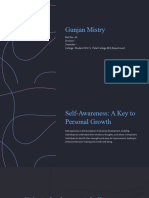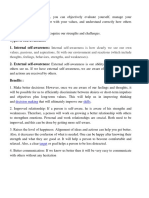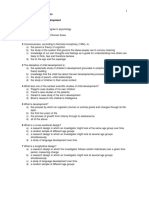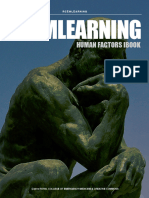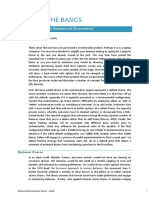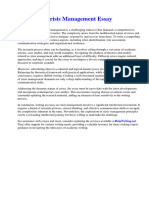0% found this document useful (0 votes)
27 views41 pagesModule 2
This include essential life skill by WHO
Module 2: Self awareness, Empathy and Problem solving 12 hours
Self awareness: concept, importance of self awareness, skills to become self aware and benefits
of self awareness in real life.
Empathy: Need for empathy, importance of empathy in building relationships, benefits of
empathy in real life. Problem solving: Steps of problem solving, using problem solving skill in
solving real life problem
Uploaded by
Nisar VpCopyright
© © All Rights Reserved
We take content rights seriously. If you suspect this is your content, claim it here.
Available Formats
Download as PPTX, PDF, TXT or read online on Scribd
0% found this document useful (0 votes)
27 views41 pagesModule 2
This include essential life skill by WHO
Module 2: Self awareness, Empathy and Problem solving 12 hours
Self awareness: concept, importance of self awareness, skills to become self aware and benefits
of self awareness in real life.
Empathy: Need for empathy, importance of empathy in building relationships, benefits of
empathy in real life. Problem solving: Steps of problem solving, using problem solving skill in
solving real life problem
Uploaded by
Nisar VpCopyright
© © All Rights Reserved
We take content rights seriously. If you suspect this is your content, claim it here.
Available Formats
Download as PPTX, PDF, TXT or read online on Scribd
/ 41




















